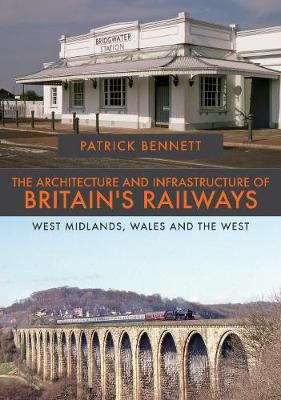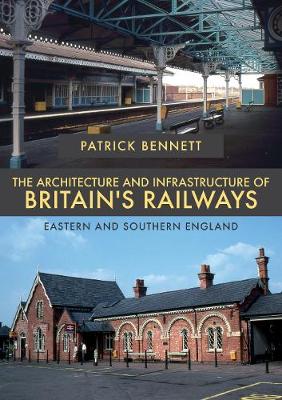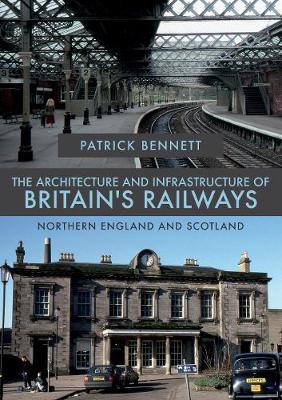The Architecture and Infrastructure of Britain's Railways
3 total works
The range and variety of British railway stations is truly astonishing: from the tiny wayside halt made of corrugated iron to the magnificent stone-built city centre terminus. No less remarkable in their variety are the buildings devoted to the transport of goods, and indeed for most years of their existence this traffic was by far the most important to the railway companies. Subjects also covered are signal boxes and signalling, locomotive depots, bridges and viaducts and much else besides; in fact, just about every aspect of the British railway scene.
This book, focusing on the West Midlands, Wales and the South West, covers principally the areas of the London & North Western, the Great Western, the London & South Western railways and the various Welsh railway companies. Illustrated throughout with the author's original colour photographs, many of which are now historic, this book is sure to appeal as much to the general reader as to the railway modeller.
This book, focusing on the West Midlands, Wales and the South West, covers principally the areas of the London & North Western, the Great Western, the London & South Western railways and the various Welsh railway companies. Illustrated throughout with the author's original colour photographs, many of which are now historic, this book is sure to appeal as much to the general reader as to the railway modeller.
The range and variety of British railway stations is truly astonishing: from the tiny wayside halt made of corrugated iron to the magnificent stone-built city centre terminus. No less remarkable in their variety are the buildings devoted to the transport of goods, and indeed for most years of their existence this traffic was by far the most important to the railway companies. Subjects also covered include signal boxes and signalling, locomotive depots, bridges and viaducts and much else besides; in fact, just about every aspect of the British railway scene.
This book, the second volume in the series, focuses on Eastern and Southern England and covers principally the areas of the Midland, Great Northern, Great Eastern and Great Central railways, and the constituent companies of the Southern Railway. Illustrated throughout with the author's original colour photographs, many of which are now historic, this book is sure to appeal as much to the general reader as to the railway modeller.
This book, the second volume in the series, focuses on Eastern and Southern England and covers principally the areas of the Midland, Great Northern, Great Eastern and Great Central railways, and the constituent companies of the Southern Railway. Illustrated throughout with the author's original colour photographs, many of which are now historic, this book is sure to appeal as much to the general reader as to the railway modeller.
The range and variety of British railway stations is truly astonishing; from the tiny wayside halt made of corrugated iron to the magnificent stone-built city centre terminus. No less remarkable in their variety are the buildings devoted to the transport of goods, and indeed for most years of their existence this traffic was by far the most important to the railway companies. Author Patrick Bennett also covers signal boxes and signalling, locomotive depots, bridges and viaducts and much else besides; in fact just about every aspect of the British railway scene.
This book, focusing on the north of England and Scotland, covers the areas of the major Scottish companies as well as those of the London & North Western, the Midland, the Lancashire & Yorkshire, and the North Eastern railways. Illustrated throughout with the author's original colour photographs, many of which are now historic, this book is sure to appeal as much to the general reader as to the railway modeller.
This book, focusing on the north of England and Scotland, covers the areas of the major Scottish companies as well as those of the London & North Western, the Midland, the Lancashire & Yorkshire, and the North Eastern railways. Illustrated throughout with the author's original colour photographs, many of which are now historic, this book is sure to appeal as much to the general reader as to the railway modeller.


